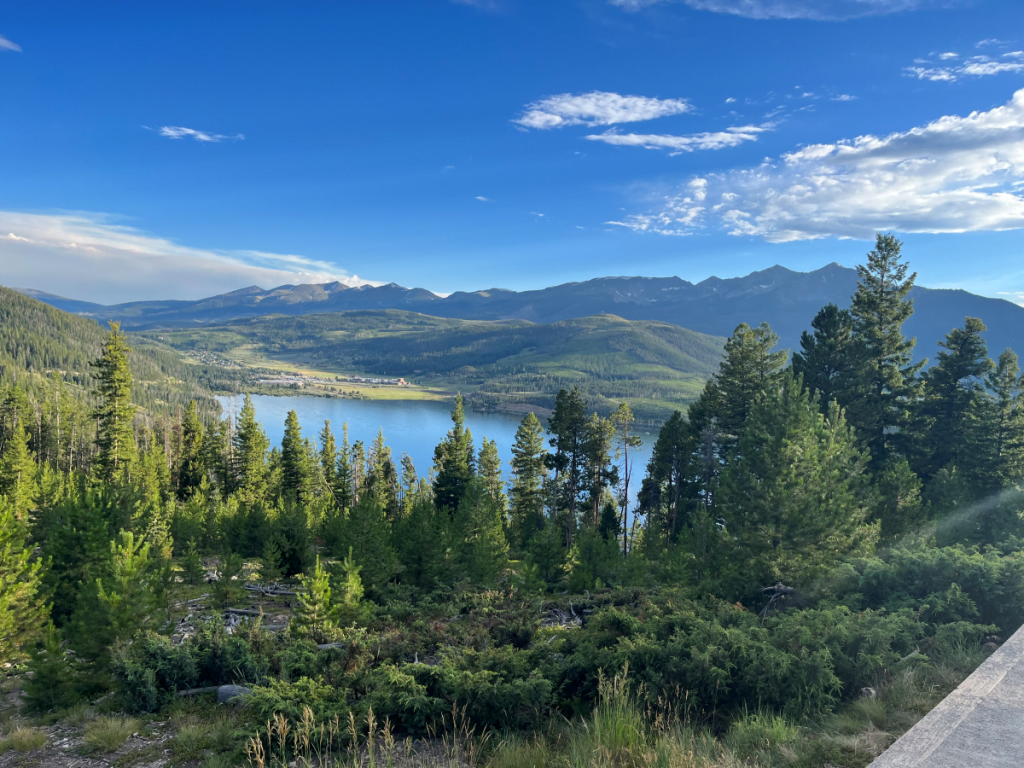
Introduction:
Breckenridge is a mountain town that entices adventurers of all sorts with its majestic landscapes and thrilling outdoor pursuits. However, the altitude of nearly 9,600 feet above sea level comes with unique challenges, primarily concerning visitors’ and even locals’ health. In this comprehensive guide, we will explore the effective Oxygen Level in Breckenridge, and how it compares to sea level, shedding light on essential considerations for a comfortable Breckenridge experience.
Understanding the Oxygen Disparity in Breckenridge:
The most striking difference between Breckenridge and your average sea-level location is the oxygen level, the direct result of lower atmospheric pressure. Let’s delve deeper into this phenomenon:

- 1. Breckenridge’s Atmospheric Pressure: Breckenridge’s elevation of 9,600 feet (2,926 meters), means the atmospheric pressure is approximately 80 to 85 kPa, noticeably lower than that of sea level.
- 2. Sea-Level Atmospheric Pressure: At sea level, the atmospheric pressure is much higher, approximately 101.3 Kilopascals (kPa) or 1 Atmosphere (atm). This higher and more consistent average atmospheric pressure helps ensure an abundant oxygen supply and is what most individuals are accustomed to in their day-to-day lives.
- 3. Atmospheric Pressure and Available Oxygen in Breckenridge: Due to the lower atmospheric pressure, and thus reduced partial pressure of Oxygen, there’s roughly 18% less oxygen available in Breckenridge when compared to sea level. To make matters worse, the reduced partial pressure is not the only factor reducing your body’s ability to effectively get oxygen to your cells. Add in low humidity, higher potential for dehydration and lowered blood volume, and your body is really working overtime.
Maximizing Oxygen Levels in Breckenridge:

Now that we’ve explored the oxygen level disparity, let’s discuss how to supplement your oxygen intake in Breckenridge to ensure a comfortable and enjoyable stay:
- 1. Hydration Is Key: Start your high-altitude journey by staying well-hydrated. Proper hydration supports blood volume and enhances oxygen transport throughout your body. People commonly associate altitude sickness with dehydration or not drinking enough water. While water is extremely important, dehydration is not typically the direct cause of altitude-related symptoms. The issue rather, is a lack of oxygen, low blood volume due to dehydration just exacerbates the problem.
- 2. Gradual Acclimatization: Allow your body to acclimate gradually. It’s frequently recommended to ascend for the day’s activities in the mountains, and then descend for sleep at a lower elevation. Unfortunately for the high-country of Colorado, this is an unreasonable proposition (have you seen I-70 on a weekend??). Supplemental Oxygen from Bluebird Oxygen allows you a more gradual acclimatization process.
- 3. Supplemental Oxygen: Consider supplementing your oxygen intake with a concentrator from Bluebird Oxygen. We’ve identified the issue, you aren’t getting enough 02, so why wouldn’t you fix that? Of all the various suggestions to maximize your health at Breckenridge’s elevation, and minimize altitude-related symptoms, no solution is more effective or obvious than using supplemental oxygen from Bluebird Oxygen.
- 4. Nutrition Matters: Consume iron-rich foods such as lean meats, beans, and leafy greens to support the oxygen-carrying capacity of your blood.
- 5. Moderate Alcohol and Caffeine: This one’s a bummer, but it’s true. Limit alcohol and caffeine intake, as they can contribute to dehydration, which can exacerbate altitude-related symptoms. That said, perhaps you can still sneak that cup of coffee or extra adult beverage if you’re able to supplement your oxygen intake?
- 6. Prioritize Rest: Ensure you get ample rest and quality sleep to help your body recover and adapt to the altitude more effectively. Unfortunately, it’s well documented and widely known that sleep quality at altitude is significantly reduced! Here again, Bluebird Oxygen can help. Sleeping with supplemental oxygen will help mimic a lower altitude environment, and potentially improve that all-important sleep quality.
- 7. Physical Activity: Engage in moderate physical activities but avoid strenuous workouts during the initial days at high altitude. Yep, this one is another bummer. You mean I can’t go “full-send” on my ski/snowboard vacation? You can still hit the slopes, just be cognoscente and don’t overdo it.
Bluebird Oxygen: Your Oxygen Solution at High Altitudes

For a seamless high-altitude experience in Breckenridge, trust Bluebird Oxygen as your go-to oxygen provider. Our high-quality, altitude-tested, rental equipment includes Portable and Stationary Oxygen Concentrators, and ensures you have access to oxygen wherever your adventures take you.
Conclusion:
Understanding the oxygen level disparity between Breckenridge and sea-level areas is essential for planning a comfortable and safe visit to this mountain paradise. By following the tips outlined in this guide and utilizing Bluebird Oxygen’s expertise and equipment, you can easily overcome Breckenridge oxygen levels and even have a blast during the process.













